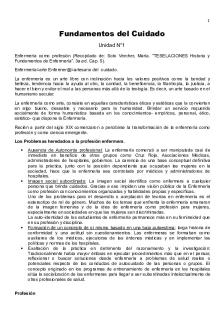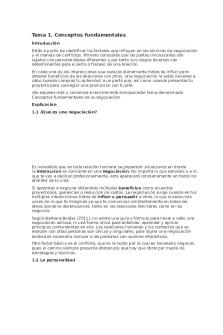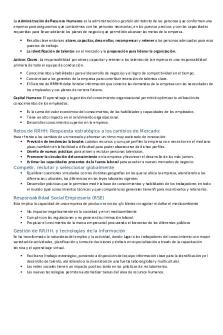Resumen - hgfhfg PDF

| Title | Resumen - hgfhfg |
|---|---|
| Author | Leonardo F. Compean |
| Course | Ingeniería pluvial |
| Institution | Universidad St John's S.C. |
| Pages | 2 |
| File Size | 92.7 KB |
| File Type | |
| Total Downloads | 37 |
| Total Views | 138 |
Summary
hgfhfg...
Description
There first discovered is in 1891 but in 1942 the structures cyclodextrin were determined by X-ray crystallography. cyclodextrins are composed of six, seven and eight linked glycosyl. Their ability to form inclusion complexes with organic host molecules offers possibilities to build supra molecular threads. Toxicological considerations: All toxicity studies have demonstrated that orally administered cyclodextrins are practically non-toxic Inclusion complex formation: The lipophilic cavity of cyclodextrin molecules provides a micro environment into which appropriately sized non-polar moieties can enter to form inclusion complexes Preparation method: One guest molecule is included in one cyclodextrin molecule, although in the case of some low molecular weight molecules, more than one guest molecule may fit into the cavity, and in the case of some high molecular weight molecules, more than one cyclodextrin molecule may bind to the guest Complexation techniques: Several techniques are used to form cyclodextrin complex, like Coprecipitation or Extrusion. Drying complexes: The complexes can be dried in an oven, fluid bed dryer or other dryer. Care has to be taken that the complex is not destroyed during the drying process. Different techniques are used, like: spray drying or low temperature drying. Release: When a complex is placed in water, two steps are involved in the release of the complexed guest. First the complex is disolved. Applications: Modification of the chemical reactivity of guest molecules, fixation of very volatile substances, improvement of solubility of substances, modification of liquid substances to powders, protection against degradation of substances by microorganisms, masking of ill smell and taste, masking pigments or the color of substances and catalytic activity of cyclodextrins with guest molecules. Cosmetics: The major benefits of cyclodextrins in this sector are stabilization, dour control and process improvement of a liquid ingredient to a solid form Foods and flavors: They form inclusion complexes with a variety of molecules including fats, flavors and colors. Pharmaceuticals: The addition of cyclodextrin increases the water solubility of several poorly watersoluble substances. In some cases, this results in improved bioavailability, increasing the pharmacological effect allowing a reduction in the dose of the drug administered.
Agricultural and chemical industries: Cyclodextrins form complexes with a wide variety of agricultural chemicals including herbicides, insecticides, fungicides, repellents, pheromones and growth regulators. Adhesives: Increase the tackiness and adhesion of some hot melts and adhesives.
Finally, we conclude that the versatility of modified cyclodextrins and cyclodextrins is demonstrated in their range of applications from cosmetics and food to medicines, in addition to having various ways of obtaining it, demonstrating their importance and that their study and research are totally worth it. promising....
Similar Free PDFs
Popular Institutions
- Tinajero National High School - Annex
- Politeknik Caltex Riau
- Yokohama City University
- SGT University
- University of Al-Qadisiyah
- Divine Word College of Vigan
- Techniek College Rotterdam
- Universidade de Santiago
- Universiti Teknologi MARA Cawangan Johor Kampus Pasir Gudang
- Poltekkes Kemenkes Yogyakarta
- Baguio City National High School
- Colegio san marcos
- preparatoria uno
- Centro de Bachillerato Tecnológico Industrial y de Servicios No. 107
- Dalian Maritime University
- Quang Trung Secondary School
- Colegio Tecnológico en Informática
- Corporación Regional de Educación Superior
- Grupo CEDVA
- Dar Al Uloom University
- Centro de Estudios Preuniversitarios de la Universidad Nacional de Ingeniería
- 上智大学
- Aakash International School, Nuna Majara
- San Felipe Neri Catholic School
- Kang Chiao International School - New Taipei City
- Misamis Occidental National High School
- Institución Educativa Escuela Normal Juan Ladrilleros
- Kolehiyo ng Pantukan
- Batanes State College
- Instituto Continental
- Sekolah Menengah Kejuruan Kesehatan Kaltara (Tarakan)
- Colegio de La Inmaculada Concepcion - Cebu















